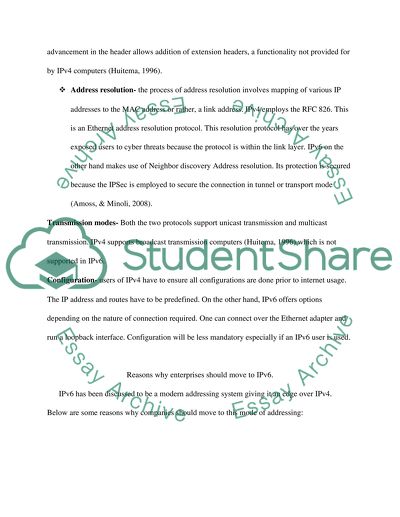IPv6 Essay Example | Topics and Well Written Essays - 500 words. Retrieved from https://studentshare.org/information-technology/1632740-ipv6
IPv6 Essay Example | Topics and Well Written Essays - 500 Words. https://studentshare.org/information-technology/1632740-ipv6.


